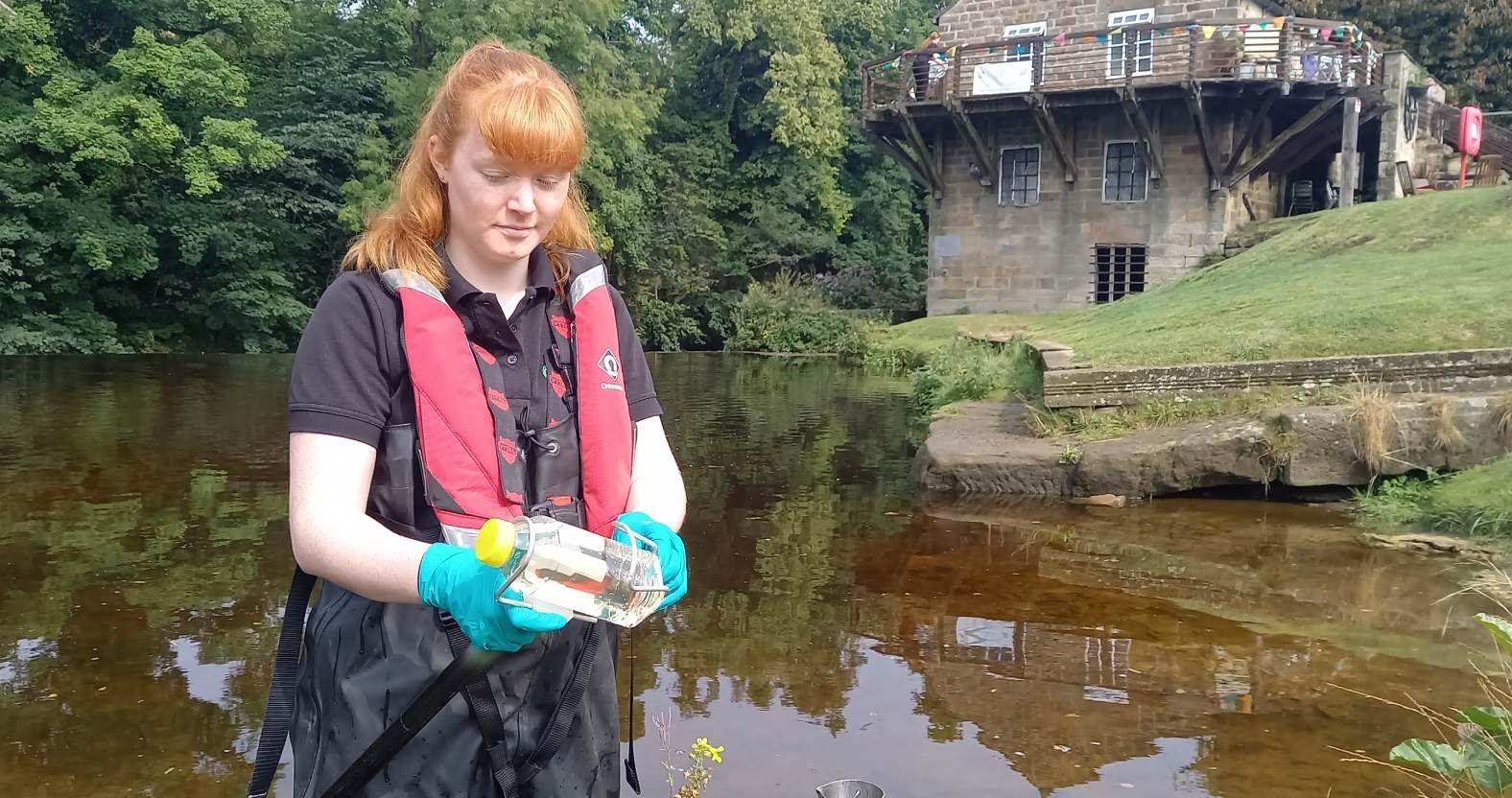Subscribe to trusted local news
In a time of both misinformation and too much information, quality journalism is more crucial than ever. By subscribing, you can help us get the story right.
- Subscription costs less than £1 a week with an annual plan.
Already a subscriber? Log in here.
09
Nov 2024
River Nidd pollution: the sampling results are in — what happens now?

Seventy per cent of water samples taken on the River Nidd at Knaresborough this year failed to meet safe levels for the faecal bacteria E.coli.
The Environment Agency conducted weekly tests at Knaresborough Lido after it was designated bathing water status in May following a clean-up campaign led by former Harrogate and Knaresborough Conservative MP Andrew Jones.
Testing has now ended, and the government agency will grade lido water quality as either excellent, good, sufficient or poor before deciding what, if any, further action is necessary.
However, with 14 of the 20 samples recording readings above 900 colony-forming units of coliform bacteria per 100 millilitres of water, which is the level deemed to be safe, it seems certain the Nidd will be graded poor.
If so, the Environment Agency is supposed to devise improvement plans. But there are concerns about whether it has the resources to take effective action, particularly as the River Wharfe at Ilkley has been rated poor every year since it was designated bathing water status in 2021.
Here are all 14 weekly colony-forming units readings for E.coli at the lido. The entries in blue are the ones that achieved readings of 900 or less.

Over the summer, the Environment Agency found E.coli at Knaresborough Lido to be 10 times the safe limit.
The Stray Ferret asked the Environment Agency what happens now.
A spokesperson said:
Bathing water results will be released at the end of this month (November) and this will then give the Nidd at the Lido its initial bathing water classification. Once this has been confirmed, we will work on our plans for Yorkshire bathing waters for 2025.
The Environment Agency tested for intestinal enterococci as well as E.coli. These bacteria can come from many sources including sewage, agricultural livestock, wildlife, birds and road drainage.
'People need to know what they are proposing to actually do'
Nidd Action Group, which is campaigning for long-term improvements, conducted more wide-ranging tests in conjunction with the University of York at the lido in July to try to get a broader understanding of the pollution, including whether it is caused by humans, cattle or sheep and what other chemicals are present besides intestinal enterococci as well as E.coli.
David Clayden, chairman of the action group, said it hoped to get the results this month.
Mr Clayden added:
We think the local citizens need to know what they are proposing to actually do about bathing at the lido. I would hope for more than signage that says, 'don't swim here', because that doesn't address the issue.
From Nidd Action Group’s point of view, assuming that human E.coli is present in excessive concentrations in the Nidd, specifically at the lido, we need to know more about the role of combined sewage overflows feeding sewage into the Nidd and its tributaries, especially Oak, Bilton, Crimple and Ripley Becks.
Nidd Action Group is working with Yorkshire Water’s river health team towards meeting with Yorkshire Water's network experts. But the Environment Agency seems more focused on responding to pollution reports rather than getting to grips with the origins/sources of the pollution, and getting something improved.
2